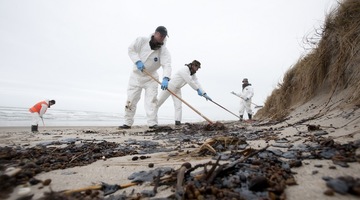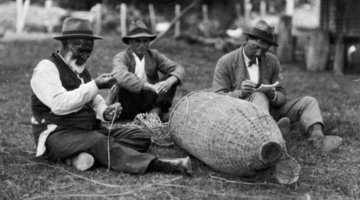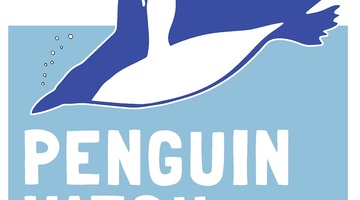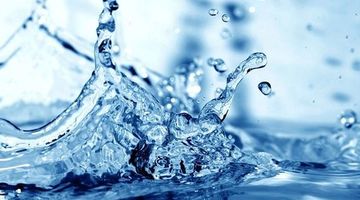

Shellfish numbers have been plentiful for centuries and important kai for Northland Māori, but industrial harvesting and canning had a devastating effect on toheroa numbers. I ngā wā o mua ko te ...
READ MORE

A look at the history of some aspects of ocean studies, including the interaction of the ocean with climate and atmospheric carbon dioxide. 1859 – Greenhouse effect John Tyndall identifies water ...
READ MORE

We know that sound behaves quite differently under water, moving faster and further, but how well can we predict what sound will do under water based on the information that we have? Dr Craig ...
READ MORE

In this activity, students play a card game that models the journey of a male pea crab (a parasite of green-lipped mussels) from his mussel host and back again. Purpose This activity will help ...
READ MORE

In this activity, students consider short-term and long-term responses to an environmental disaster such as the Rena. By the end of this activity, students should be able to: describe what might ...
READ MORE

In this activity, students explore Māori perspectives concerning estuaries. By the end of this activity, students should be able to: explain how a Māori legend can show aspects of Māori thinking ...
READ MORE

Marine Metre Squared is a New Zealand citizen science project that supports communities to monitor their local seashore. The project has been designed to provide meaningful, valid environmental ...
READ MORE

Weddell seals and orca are among the top predators in the Ross Sea region of Antarctica, and more than half of the Weddell seal population can be found in the Ross Sea. Information about changes ...
READ MORE

Help scientists establish valuable baseline data about the numbers, locations, habits and health of penguins in a range of Southern Ocean sites. This information will enable better understanding ...
READ MORE

About 70% of Earth’s surface is covered by water. It is found just about everywhere and is the only naturally occurring substance on Earth existing in solid, liquid and gas states. Water is ...
READ MORE

There are many marine classroom activities and resources on the Science Learning Hub useful for Seaweek 2015. This online PD session recorded on 19 February 2015 shows primary and secondary ...
READ MORE

Seaweek is New Zealand’s annual national week about the sea. It is coordinated by the Sir Peter Blake Marine Education and Recreation Centre (MERC) and includes a wide range of events ...
READ MORE
This episode of Project Mātauranga explores the work of the Toheroa Abundance Project. Toheroa were once prolific on the beaches of Northland, but historical mass commercial harvesting has ...
READ MORE
Dr Shaun Ogilvie, Dave Hamon and Larn Wilkinson tell us about their work in a collaborative study involving Cawthron, the Hauraki Māori Trust Board and local iwi. The focus of this study is to ...
READ MORE
Postdoctoral fellow at Auckland University’s Leigh Marine Lab Dr Craig Radford explains how fish use sound to navigate towards reef habitats. He talks about the distances that sound can travel ...
READ MORE

Water in the Earth system is influencing all aspects of life on Earth. Pathways, storage, transfers and transformations have an effect on the global climate and human welfare. Within this ...
READ MORE

Green-lipped mussels are New Zealand’s major aquaculture species. In this interactive, Professor Andrew Jeffs (Leigh Marine Laboratory) describes the key stages in farming green-lipped mussels ...
READ MORE

Green-lipped mussels are New Zealand’s major aquaculture species. In this interactive, Professor Andrew Jeffs (Leigh Marine Laboratory) discusses some of the challenges faced by New Zealand’s ...
READ MORE